The Space Report 2009 Reveals Industry Growth to $257 Billion
Wednesday, April 1, 2009, Space Foundation
 http://history.nasa.gov - Orbireport.com
http://history.nasa.gov - Orbireport.comAccording to The Space Report 2009: The Authoritative Guide to Global Space Activity, which was released March 30 by the Space Foundation at the 25th National Space Symposium, overall worldwide space revenues grew nearly 2.5 percent in 2008, rising to $257 billion.
This is one of many fascinating facts revealed in the publication -- the definitive overview of the global space industry and a valuable resource for government and business leaders, educators, financial analysts, students, and space-related businesses. Copies may be purchased at http://www.TheSpaceReport.org.
The largest segments of the space economy are commercial infrastructure and commercial satellite services, which together total 67 percent, compared to about 32 percent for government space spending. The largest growth sectors were space products and services, which grew 10.4 percent to $91 billion, mainly due to direct-to-home television services, which generated $69.8 billion in 2008. Fixed satellite services showed the strongest growth rate, with revenue up 31 percent to $16.8 billion.
Space industry stocks suffered along with the world economy in 2008, declining 45 percent in 2008, erasing the gains from three consecutive years of growth. Still, space investment and output remain strong and the long-term outlook for the global space industry is encouraging.
The Space Report 2009 has 20 additional pages and new features:
* Two new financial indexes to help guage financial performance
* A section examining trends in education and their impact on the space industry
* Greatly expanded data on international (non-U.S.) space activities
* A special report on astronomy and space science
* New information on spaceports and spaceport authorities/coalitions
The Space Report 2009 is the result of extensive research by the Space Foundation and its team of independent research organizations, thoroughly examining the state of the space industry. The methodology, which is refined every year, involves identifying, gathering, analyzing, and synthesizing data from publicly available sources, as well as industry publications and reports.
 www.govtech.com
www.govtech.com
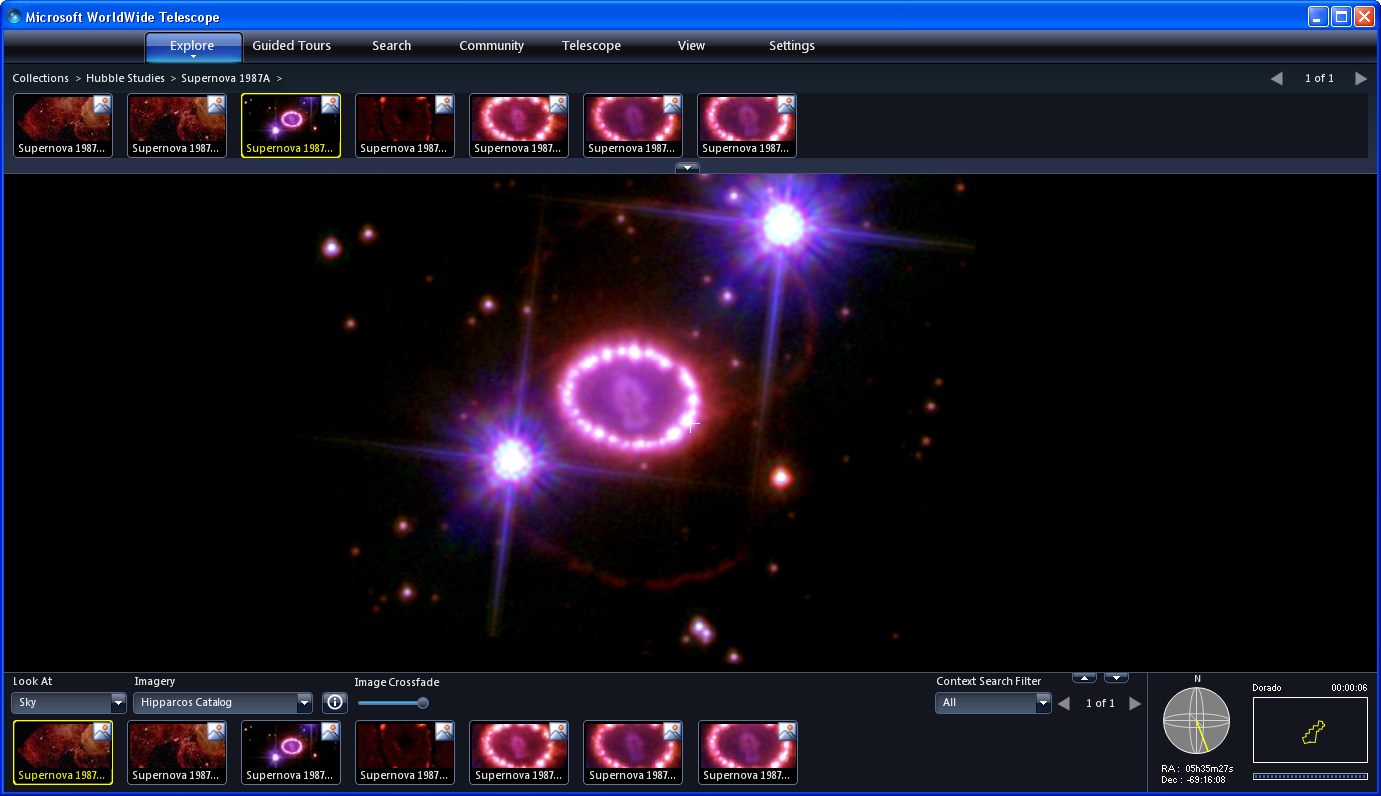









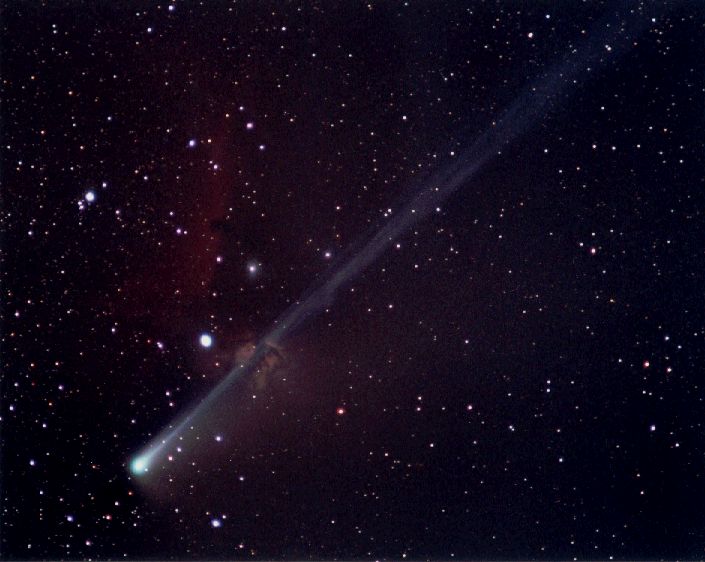
 * A QuickTime movie
* A QuickTime movie 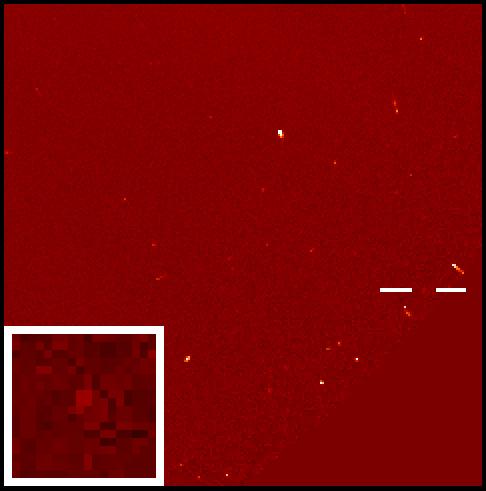
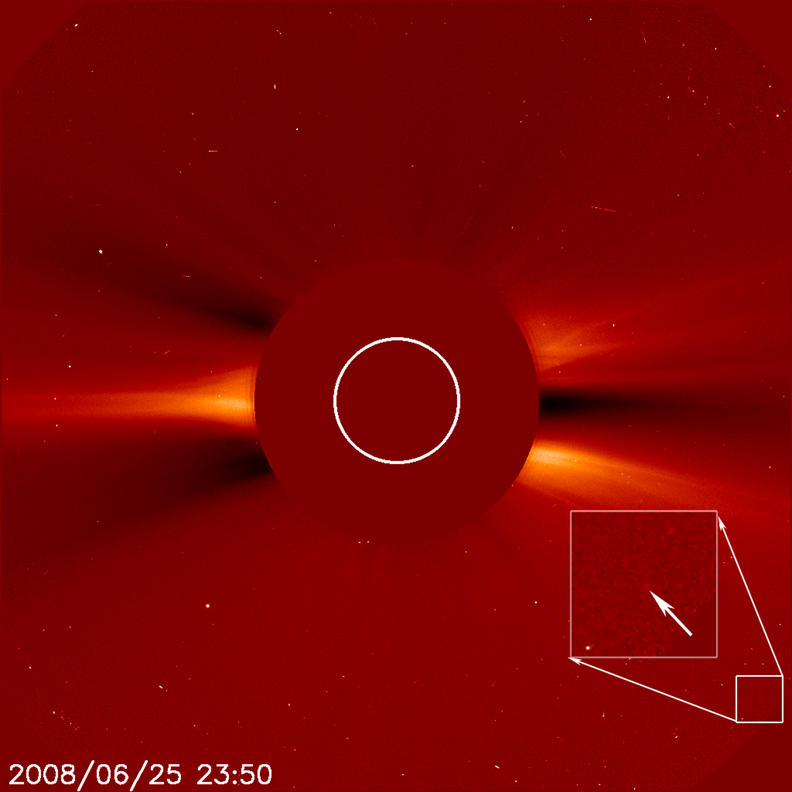
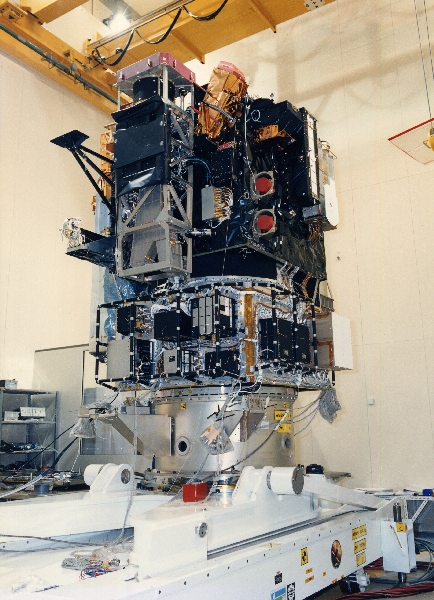 (
( SOHO flying in space
SOHO flying in space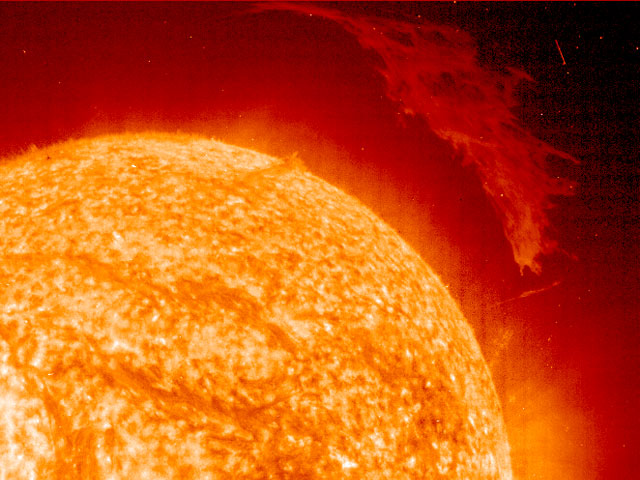


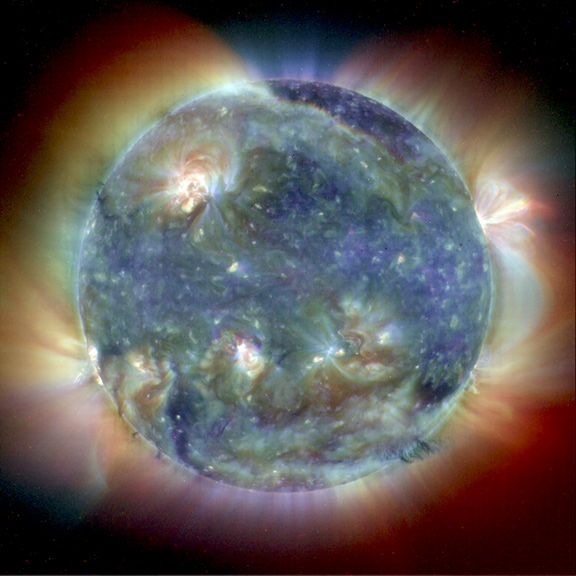 •
•  Web links:
Web links: 
 • Images:
• Images: 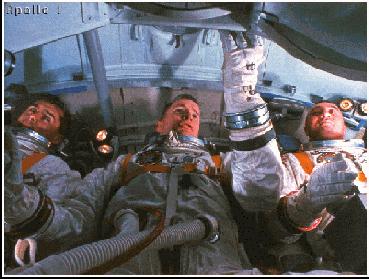 • Moon:
• Moon: